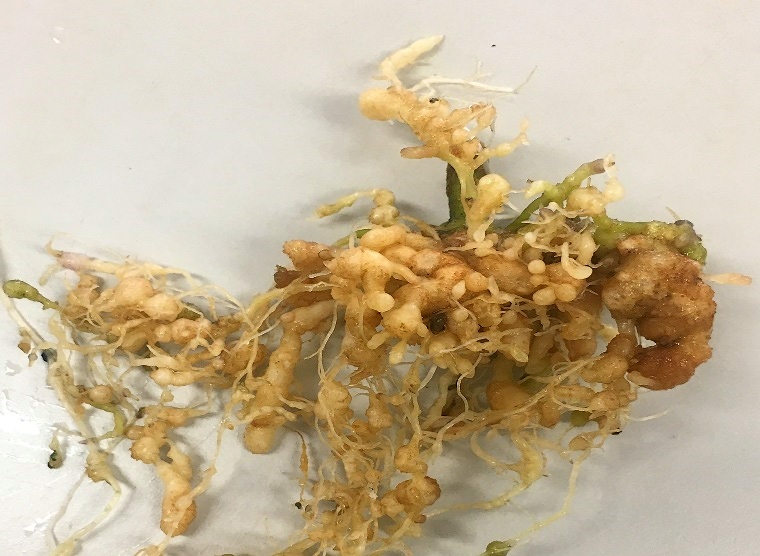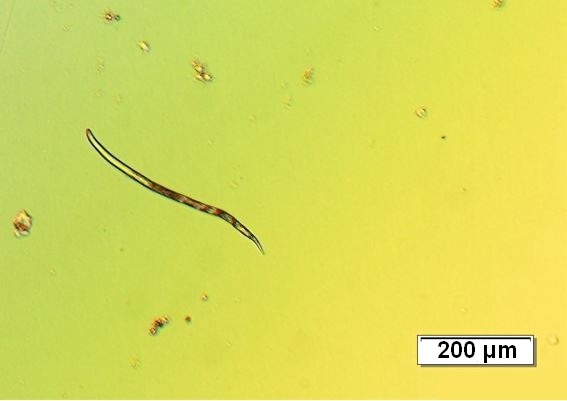Respect for your privacy is our priority
The cookie is a small information file stored in your browser each time you visit our web page.Cookies are useful because they record the history of your activity on our web page. Thus, when you return to the page, it identifies you and configures its content based on your browsing habits, your identity and your preferences.
You may accept cookies or refuse, block or delete cookies, at your convenience. To do this, you can choose from one of the options available on this window or even and if necessary, by configuring your browser.
If you refuse cookies, we can not guarantee the proper functioning of the various features of our web page.
For more information, please read the COOKIES INFORMATION section on our web page.


 RKN causes the formation of galls in the roots. It is a worm-like micro-fauna. RKN cause damage to plant roots and obstruct water and nutrient intake from the soil. Hence, RKN infestation can be mistaken for nutrient deficiency based on above-ground symptoms displayed by the plant. RKN damage can be confirmed with the presence of galls in the roots. Thus, ascertaining the quantity of RKN is crucial in the estimation of level of damage and extent of yield losses. The assessment of RKN population can be done on plants and soil whenever diagnosis is deemed important.
RKN causes the formation of galls in the roots. It is a worm-like micro-fauna. RKN cause damage to plant roots and obstruct water and nutrient intake from the soil. Hence, RKN infestation can be mistaken for nutrient deficiency based on above-ground symptoms displayed by the plant. RKN damage can be confirmed with the presence of galls in the roots. Thus, ascertaining the quantity of RKN is crucial in the estimation of level of damage and extent of yield losses. The assessment of RKN population can be done on plants and soil whenever diagnosis is deemed important. The proposed method estimates RKN size and enumerates it based on length and width. The length of RKN is computed using three methods. The contour arc (CA), thin structure (TS), and skeleton graph (SG) methods were implemented to automate the measurement of RKN. The skeleton graph structure was the most accurate in detecting RKN.
The proposed method estimates RKN size and enumerates it based on length and width. The length of RKN is computed using three methods. The contour arc (CA), thin structure (TS), and skeleton graph (SG) methods were implemented to automate the measurement of RKN. The skeleton graph structure was the most accurate in detecting RKN.


























